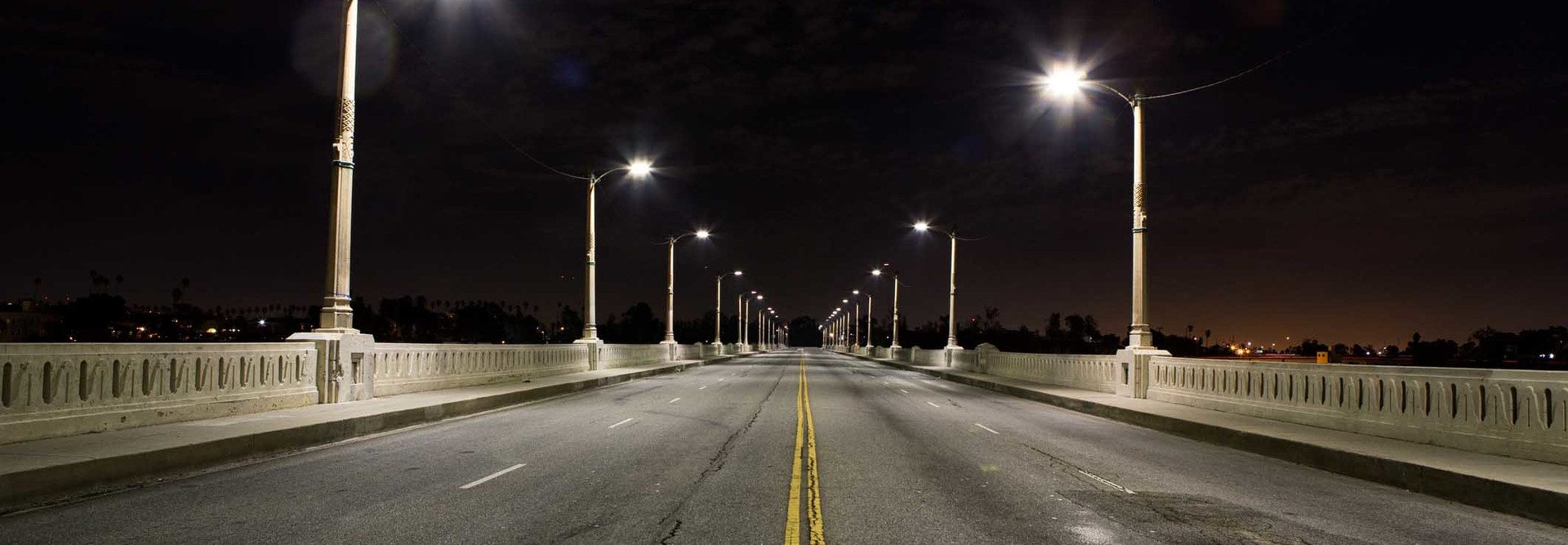Street Light Upgrades Help Cities Get Smart Fast with IoT
As the Internet of Things (IoT) continues to grow, municipal leaders may wonder how to best incorporate technology into their infrastructure to support a truly smart city. Many cities have found the answer in the humble street light. Yes, street lights are blazing the way for smart city power, collecting data and providing citizen services in simple but powerful ways.
In January, the state of Illinois announced the introduction of a statewide contract vehicle for smart street lights available to any city in the state. Every city in the state can use the contract to upgrade its street lights, and some like the city of Rockford have expressed interest in upgrading. Illinois frames how smart street lights can do more than provide lights while also saving money and energy. They also open the door to smart city services such as air quality monitoring, traffic management, smart parking, gunshot detection and electric vehicle charging.
How Street Lights Bring Data Out of the Dark
While Illinois unveiled its state project this year, Chicago already went its own way with a four-year project to install smart street lights. Smart street lights in Chicago last longer and cost less money than older models, and they alert officials as to when they need to be replaced, says Loop North News. Chicago is replacing more than 270,000 street lights; the city had installed 42,000 of them as of May. Chicago says the smart lights cut the cost of electricity consumed by half, saving $100 million over 10 years and eventually offsetting the cost of the upgrade.
The city of Grand Rapids, Mich., is raising $20 million to install an LED street light system. The streets lights use about half as much electricity as the current lights, says The Grand Rapids Press. The city will manage the street lights remotely, and their connectivity allows the city to collect data from sensors mounted on the lightpoles. Sensors could monitor parking spaces and pedestrian counts. Eventually, they may also monitor water meters after the city installs smart meters.
Downtown Las Vegas is testing street lights that brighten when people enter the area, says Las Vegas Now. Michael Sherwood, the city’s director of technology, said the lights could remain dim at 25 percent power when no one is around but then could brighten to 100 percent when people or vehicles approach. The street lights could also support cameras, sensors, speakers and Wi-Fi hotspots in the future.
Smart Street Lights Brighten Smart City Futures
Street lights are a great way for cities to start down the path to smart, efficient and connected infrastructure. As Information Age observes, this data collected by sensors supported by street lights lies at the heart of what smart cities are all about. Connected cities make use of real-time information provided by sensors, networks and data analytics, and street lights are a fundamental piece of infrastructure providing statistics on how well the city is doing.
Gartner projects that 8.4 billion connected devices went online in 2017, up 31 percent from 2016, and that the Internet of Things will grow to 20.4 billion devices by 2020. Cities can maximize the potential of IoT devices through smart technology, beginning with the simple but noble street light.
This article is part of StateTech's CITizen blog series. Please join the discussion on Twitter by using the #StateLocalIT hashtag.










